The Pita Pinta is the only chicken breed native to the Asturian region of Northern Spain where it traces its origins to the same chickens that were the foundational stock for the hardy Basque Hens.
| Item | 1+ | Quantity |
|---|---|---|
| Black Mottled Pita Pinta Asturiana Day-Old Chick Unsexed | 29.00 | |
| Red Mottled Pita Pinta Asturiana Day-Old Chick Unsexed | 29.00 | |
| Black Mottled Pita Pinta Asturiana Eggs | 9.00 | Sold Out |
| Red Mottled Pita Pinta Asturiana Eggs | 9.00 | Sold Out |
A few years ago only about 2,000 of them existed, but in 2021, the count did increase to 3669 chickens. While still rare, it's no longer considered endangered but still, ‘at risk’.
Breed History
In the 1950s and 60s, the upcoming egg industry in Asturias introduced improved egg layers, dropping the Pita Pinta population drastically, almost to the point of extinction. It took almost 30 years for the recovery of this breed to begin. In the 1980s, several Pita Pintas were found in the Spanish province of Léon, the neighboring province of Asturias. These birds were used to bring back the population of these wonderful birds. You could find them at poultry shows for the first time in 1997 and then in 2003, an Asturian breeder’s association was founded to preserve, promote, and improve the breed. Their unique name comes from the Asturian language. ‘Pita’ means ‘hen’, and ‘pinta’ means ‘painted’. The name refers to their mottled or spotted pattern.
The Pita Pinta is represented in four color varieties, and at Greenfire Farms we imported the two most flamboyant of those varieties, the black mottled (Pinta Negra) and red mottled (Pinta Roxa).
They are considered to be dual purpose, with hens laying an abundance of eggs, roughly 250 eggs per year, so about 5 eggs per week. Roosters normally weigh in at a hefty 7 to 9 pounds and hens at about 5 to 6 pounds. This breed will reach maturity between 6 and 8 months of age.
Appearance and Behavior
Both color varieties that we currently have on our farm (red and black) sport the mottled feathered pattern. That means that you will have both red and white feathers on the red mottled and then black and white on the black mottled. Both color varieties are stunning in their own right, however it seems that the red mottled Pita Pintas are slightly more popular than the black mottled variety. The black mottled variety also sports black dots on their yellow legs.
These are large, hardy birds that lay an abundance of cream-colored eggs. Their gentle disposition makes them a farm favorite.
This breed only occasionally becomes broody and it seems that the black mottled are a slightly more broody than the reds. But overall neither make for consistently broody hens, so not the best choice for you if you want a hen you can rely on to go broody to hatch a clutch of eggs. You'd do better to hatch their eggs in an incubator.
They are extremely docile and sweet birds. We've never experienced rooster to human aggression from our flock. The birds normally run over to us when we go near their pen in the hopes we are bringing them treats. They love their treats! With a little bit of time, they will easily eat from your hand. They aren't extremely flighty and don't require a lot of space to keep them happy. So they will do well in a coop.
Just make sure to have their nest box at an easily accessible height! Otherwise, you will be collecting their eggs from the ground.
Breed Standard
While not a standard, you can read more about the breed by visiting this website : https://www.chickenfans.com/pita-pinta-asturiana-chicken/#:~:text=Pita%20Pinta%20Asturiana%20chickens%20are%20a%20dual-purpose%20breed%2C,the%20scale%20at%20around%206%20lbs%20%282.7%20kg%29.
Hatching Eggs - When hatching eggs from the red variety, you will want to cull the chicks that hatch solid, light yellow. We have observed that chicks that hatch like that don't develop into birds with red mottling and are instead solid white. Birds that lack mottling shouldn't be used in your breeding flock, so chicks that hatch solid, light yellow should be culled.
Breed Defects
Any bird that develops inconsistent mottling or has feathers on the legs should be culled when planning to breed the Pita Pintas. Neither defect are common with our flock however, it has been observed.
The merits of every bird should be assessed as they reach adulthood.
Breed History
In the 1950s and 60s, the upcoming egg industry in Asturias introduced improved egg layers, dropping the Pita Pinta population drastically, almost to the point of extinction. It took almost 30 years for the recovery of this breed to begin. In the 1980s, several Pita Pintas were found in the Spanish province of Léon, the neighboring province of Asturias. These birds were used to bring back the population of these wonderful birds. You could find them at poultry shows for the first time in 1997 and then in 2003, an Asturian breeder’s association was founded to preserve, promote, and improve the breed. Their unique name comes from the Asturian language. ‘Pita’ means ‘hen’, and ‘pinta’ means ‘painted’. The name refers to their mottled or spotted pattern.
The Pita Pinta is represented in four color varieties, and at Greenfire Farms we imported the two most flamboyant of those varieties, the black mottled (Pinta Negra) and red mottled (Pinta Roxa).
They are considered to be dual purpose, with hens laying an abundance of eggs, roughly 250 eggs per year, so about 5 eggs per week. Roosters normally weigh in at a hefty 7 to 9 pounds and hens at about 5 to 6 pounds. This breed will reach maturity between 6 and 8 months of age.
Appearance and Behavior
Both color varieties that we currently have on our farm (red and black) sport the mottled feathered pattern. That means that you will have both red and white feathers on the red mottled and then black and white on the black mottled. Both color varieties are stunning in their own right, however it seems that the red mottled Pita Pintas are slightly more popular than the black mottled variety. The black mottled variety also sports black dots on their yellow legs.
These are large, hardy birds that lay an abundance of cream-colored eggs. Their gentle disposition makes them a farm favorite.
This breed only occasionally becomes broody and it seems that the black mottled are a slightly more broody than the reds. But overall neither make for consistently broody hens, so not the best choice for you if you want a hen you can rely on to go broody to hatch a clutch of eggs. You'd do better to hatch their eggs in an incubator.
They are extremely docile and sweet birds. We've never experienced rooster to human aggression from our flock. The birds normally run over to us when we go near their pen in the hopes we are bringing them treats. They love their treats! With a little bit of time, they will easily eat from your hand. They aren't extremely flighty and don't require a lot of space to keep them happy. So they will do well in a coop.
Just make sure to have their nest box at an easily accessible height! Otherwise, you will be collecting their eggs from the ground.
Breed Standard
While not a standard, you can read more about the breed by visiting this website : https://www.chickenfans.com/pita-pinta-asturiana-chicken/#:~:text=Pita%20Pinta%20Asturiana%20chickens%20are%20a%20dual-purpose%20breed%2C,the%20scale%20at%20around%206%20lbs%20%282.7%20kg%29.
Hatching Eggs - When hatching eggs from the red variety, you will want to cull the chicks that hatch solid, light yellow. We have observed that chicks that hatch like that don't develop into birds with red mottling and are instead solid white. Birds that lack mottling shouldn't be used in your breeding flock, so chicks that hatch solid, light yellow should be culled.
Breed Defects
Any bird that develops inconsistent mottling or has feathers on the legs should be culled when planning to breed the Pita Pintas. Neither defect are common with our flock however, it has been observed.
The merits of every bird should be assessed as they reach adulthood.
| Egg Color | tinted |
| Egg Size | Large |
| Average number of eggs per year | 250 |
| Gamefowl | no |
| Table Breeds | Yes |
| Country of Origin | Spain |
| Cold tolerant | no |
| Year of import(s) | 2018 |
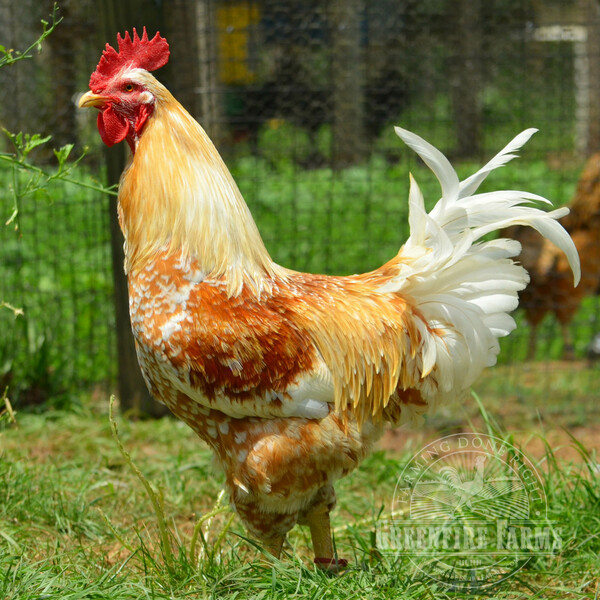
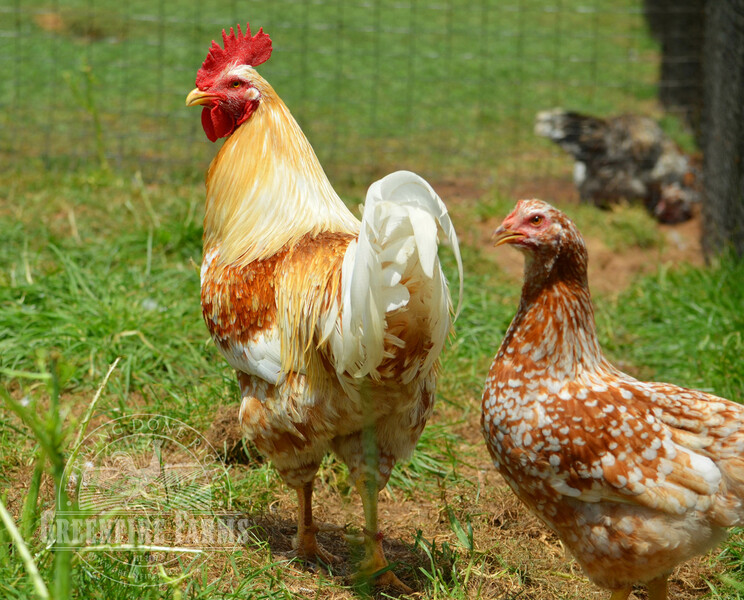
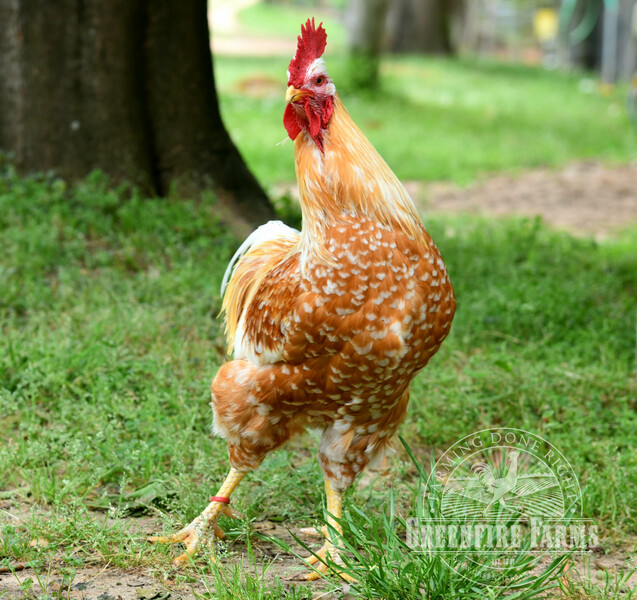
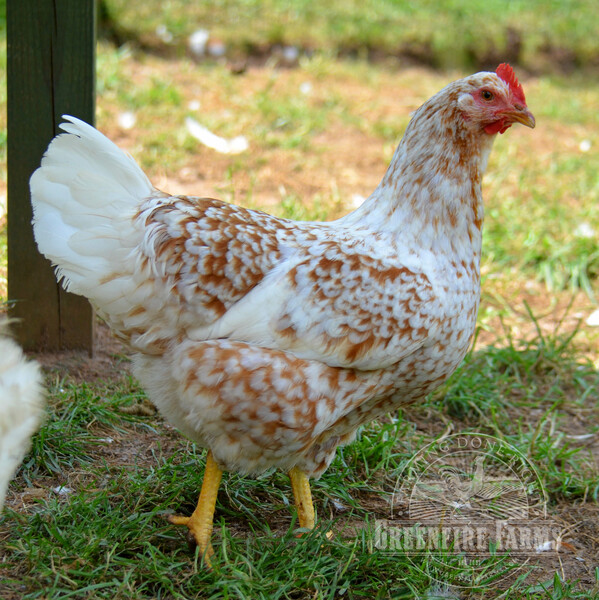
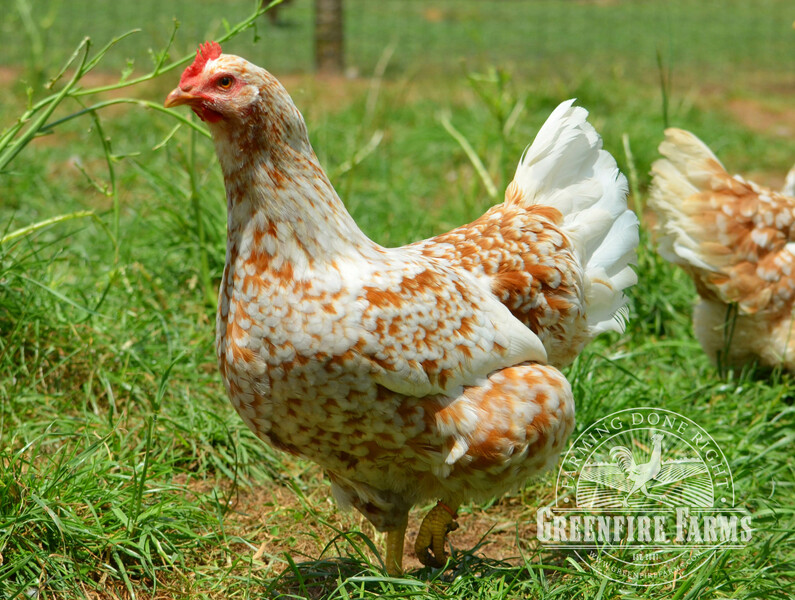
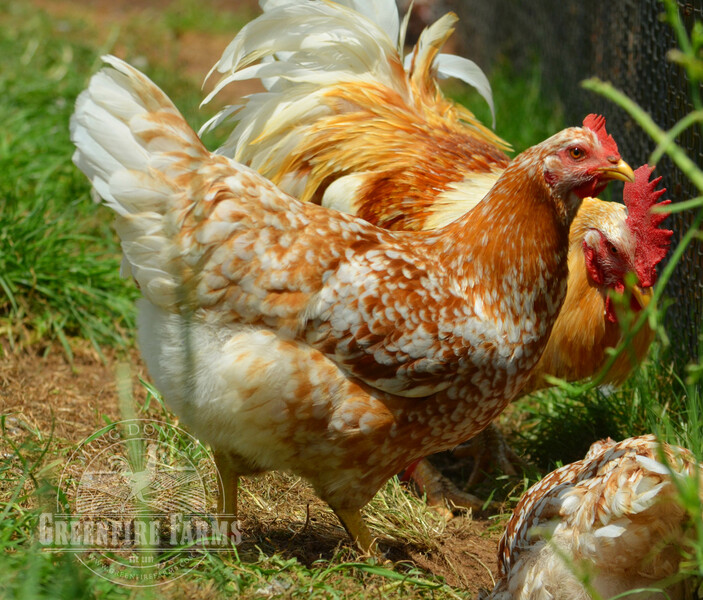



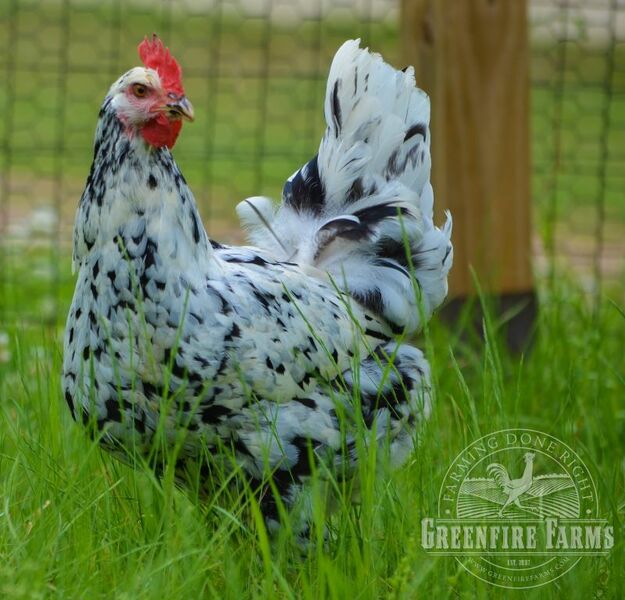

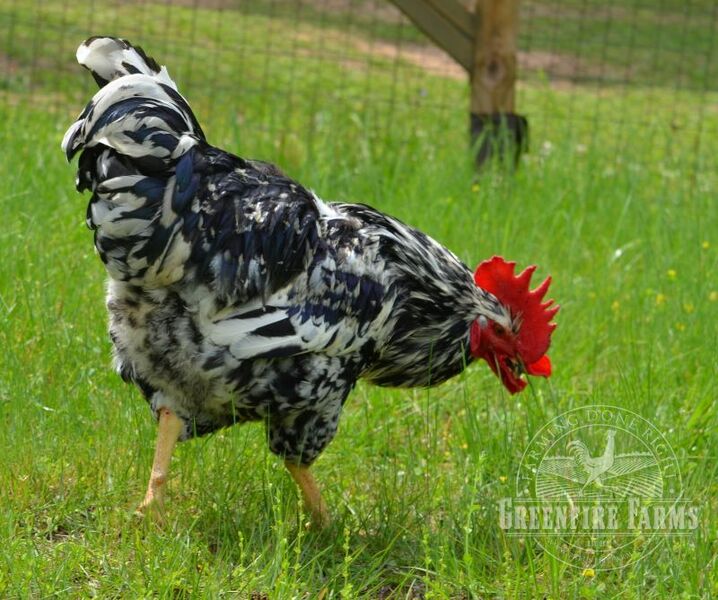
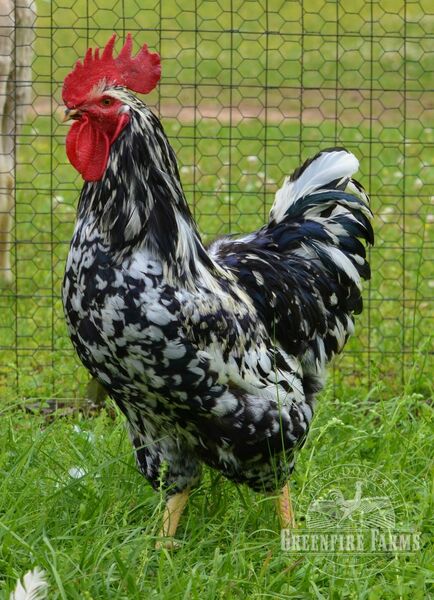
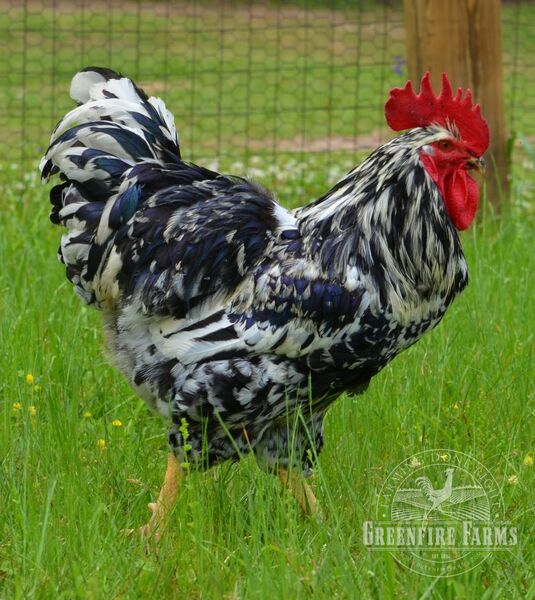
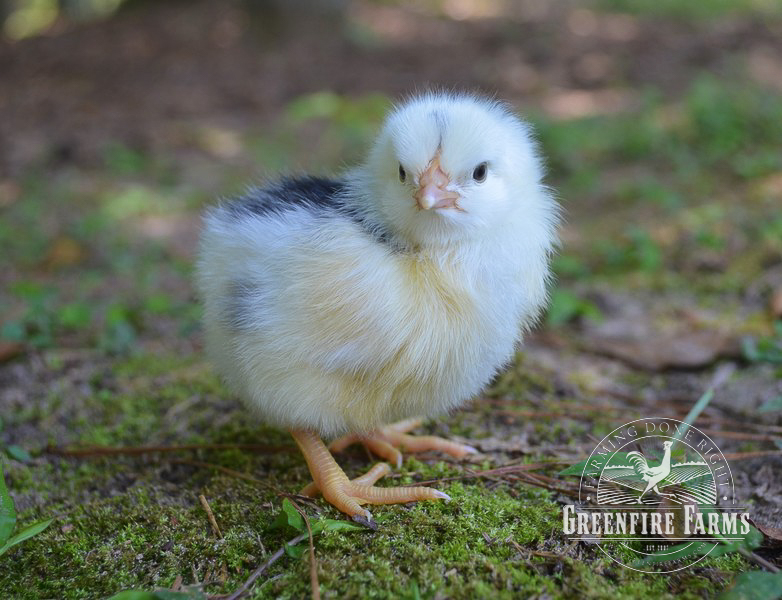
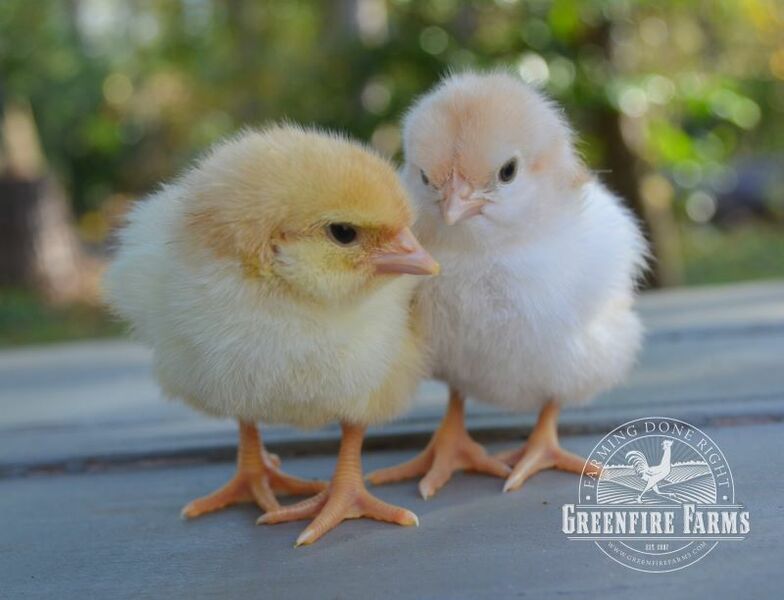
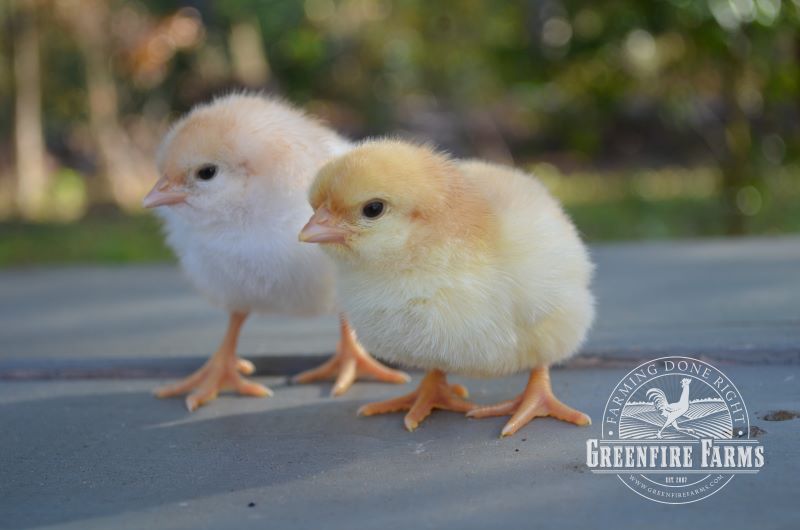
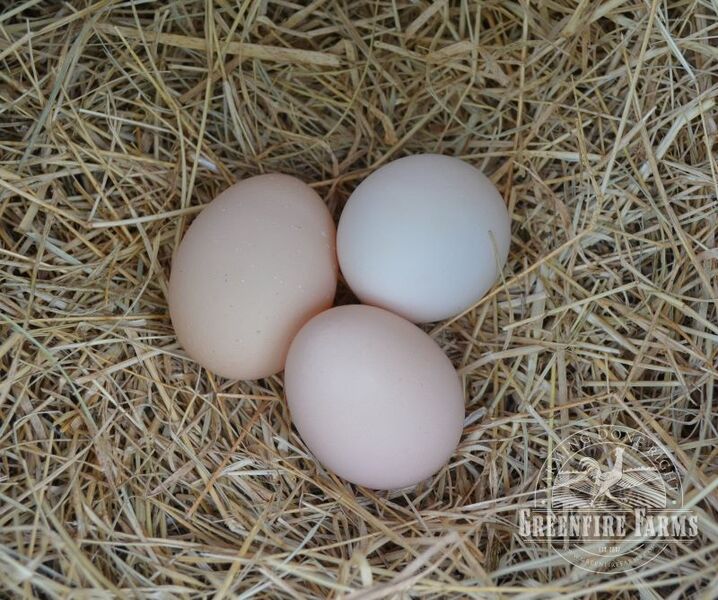

 Cart:
Cart: 

